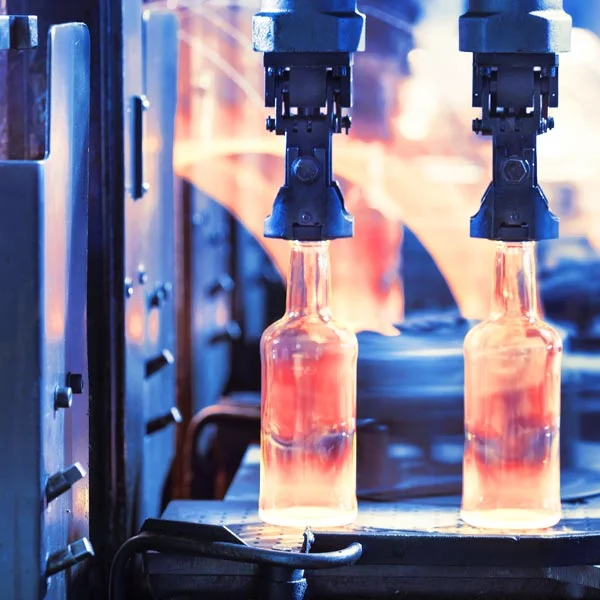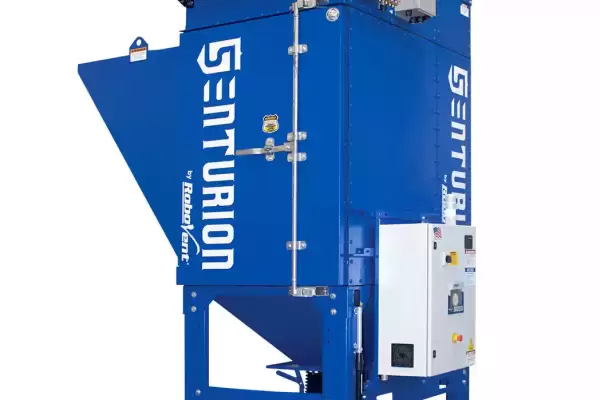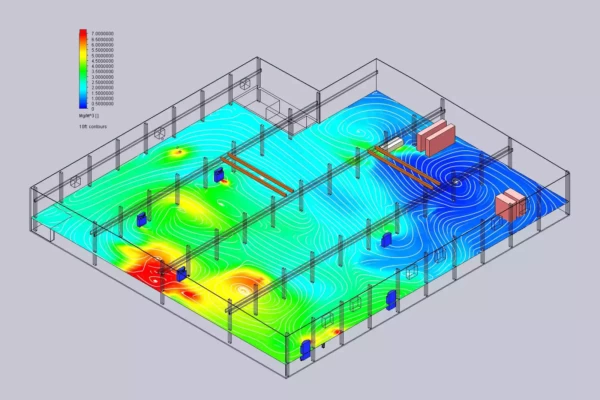 EXPOSURE RISKS FOR GLASS-MAKING DUST
EXPOSURE RISKS FOR GLASS-MAKING DUST
While silica seems like a benign substance—it makes up 12% of the earth’s crust, after all—its dust is dangerous if inhaled over a prolonged period. As fine particulates are inhaled, they make their way from the lungs and into the body, causing damage along the way. Even low-level exposures, if occurring over a long enough period, can cause chronic silicosis, a serious disease caused by damage to the lining of the lung sacs. Acute silicosis, caused by severe exposure, can cause the lungs to become inflamed and filled with fluid, creating a medical emergency.
Over time, silica dust wreaks havoc on the respiratory system. The dust is linked to chronic bronchitis and other diseases and is even implicated in lung cancer. Effects are not limited to the respiratory system, however—exposure is known to damage other bodily systems, most notably the kidneys.
 REGULATIONS FOR GLASS-MAKING DUST
REGULATIONS FOR GLASS-MAKING DUST
The new rules from the Occupational Safety and Health Administration (OSHA) took effect in June of 2016, and most industries have until 2018 to comply. The rule change is causing waves within manufacturing, as factories scramble to test their air and ensure they are compliant. OSHA cut the permissible exposure limit (PEL) in half, lowering it to 50 micrograms per cubic meter of air (m/cu.m) as an 8-hour time-weighted average. The rule also outlines requirements for assessing and monitoring exposure, protecting employees, mitigation, recordkeeping and employee communication. In short, manufacturers who work with silica have a lot to do.
While the new standard seems strict, compared to the previous limit, the scientific consensus confirms its need and even suggests a stricter limit. The American Conference of Governmental Industrial Hygienists (ACGIH) recommends an even lower exposure limit for silica: 25 micrograms per cubic meter. This lower limit is not a surprise, since ACGIH guidelines are usually stricter than OSHA standards. Many leading manufacturers, however, strive to meet ACGIH guidelines.
As always, despite the challenge, it is important for a manufacturer to bring its air quality into compliance. Failure to comply could bring serious fines. It might also open an operation to other serious legal liabilities.
MORE DUST TYPES
SOLUTIONS FOR GLASS-MAKING DUST
Because of the severity of silica dangers, manufacturers can’t settle for filtering out 80% or so of the dust, as they might when working with wood dust or other non-carcinogenic materials. With silica, a manufacturer needs to aim for removing 99.9% of the dust. RoboVent understands this kind of challenge and excels in solving it in a quick, cost-conscious way. Whether you need a source capture solution to address the dust in a single spot or an ambient capture solution to clean the air in your entire facility, RoboVent has the expertise and the equipment to solve your problems.
Glass-Making Dust Collection Collectors
Clean Air Technology Services
CONTACT US
Contact one of our industrial dust experts to gain the advantage against dust-generating processes and applications.








